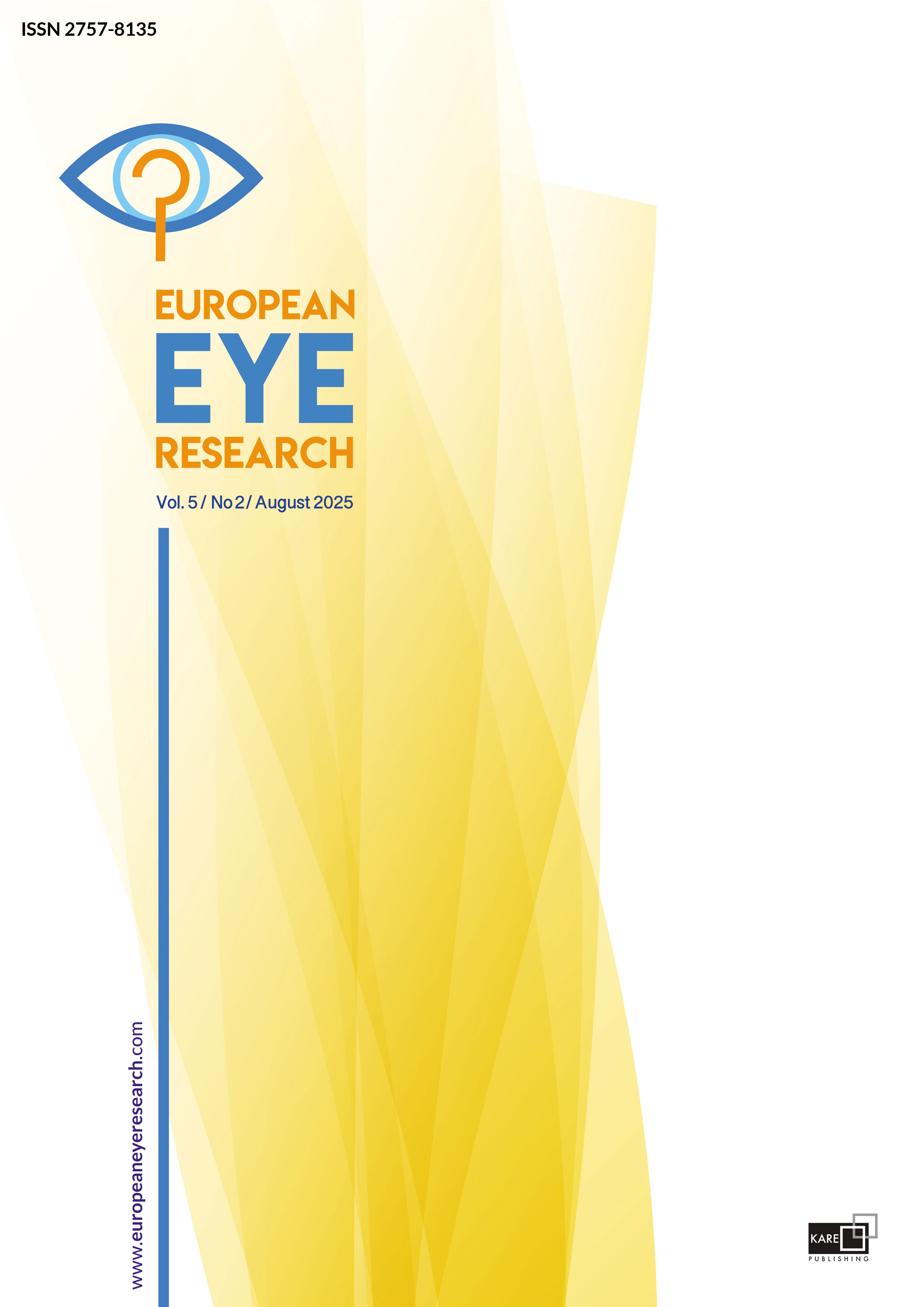

Results of wavefront excimer laser correction of refractive errors in adult amblyopic patients
Almila Sarıgül Sezenöz, Leyla Asena, Sezin Akca Bayar, Gülşah Gökgöz, Dilek Dursun AltınörsDepartment of Ophthalmology, Baskent University Faculty of Medicine, Ankara, TurkeyPURPOSE: The objective of the study was to evaluate the refractive outcome in corrected distance visual acuity (CDVA) of adult amblyopic eyes after Wavefront Excimer Laser Correction (WELC) surgery and determine the pre-operative factors that affect the possible visual improvement.
METHODS: Sixty-two patients (>21 years) with refractive anisometropic, ametropic amblyopia who underwent WELC surgery between 2014 and 2021 in our clinic were enrolled. Patients with an ocular pathology causing a decrease in vision, abnormal corneal topography, abnormal slit lamp, and fundus examinations were excluded from the study. Medical records of the pre-operative and post-operative 6th month–1 year were retrospectively reviewed for CDVA values, refractive status under cycloplegia, manifest refraction values, the binocular sensory status, and the near stereoacuity measurements. The statistical analyses were held by IBM® SPSS® Statistics 19.0 (SPSS Inc., Chicago IL, USA).
RESULTS: Sixty-two eyes of 62 patients were included in the study. Correlation analysis revealed that pre-operative logMAR CDVA (r=0.495, p=0.04) and pre-operative astigmatism values (r=0.563, p=0.03) had a statistically significant correlation with increase in visual acuity. It was observed that more significant increase in CDVA was obtained in the high astigmatism (≥3D) group (p=0.045). No statistically significant correlations were detected between post-operative increase in CDVA and age (r=–0.08, p=0.78) and type of refractive error (r=–0.19, p=0.50). There was a significant improvement in near stereoacuity measurements postoperatively (p<0.05).
CONCLUSION: Improvement in CDVA and binocular function was observed in all adult amblyopic eyes after WELC. In adult amblyopic patients, WELC surgery of refractive errors can be an alternative treatment technique.
Keywords: Amblyopia, laser-assisted in situ keratomileusis; refractive surgery.
Manuscript Language: English



